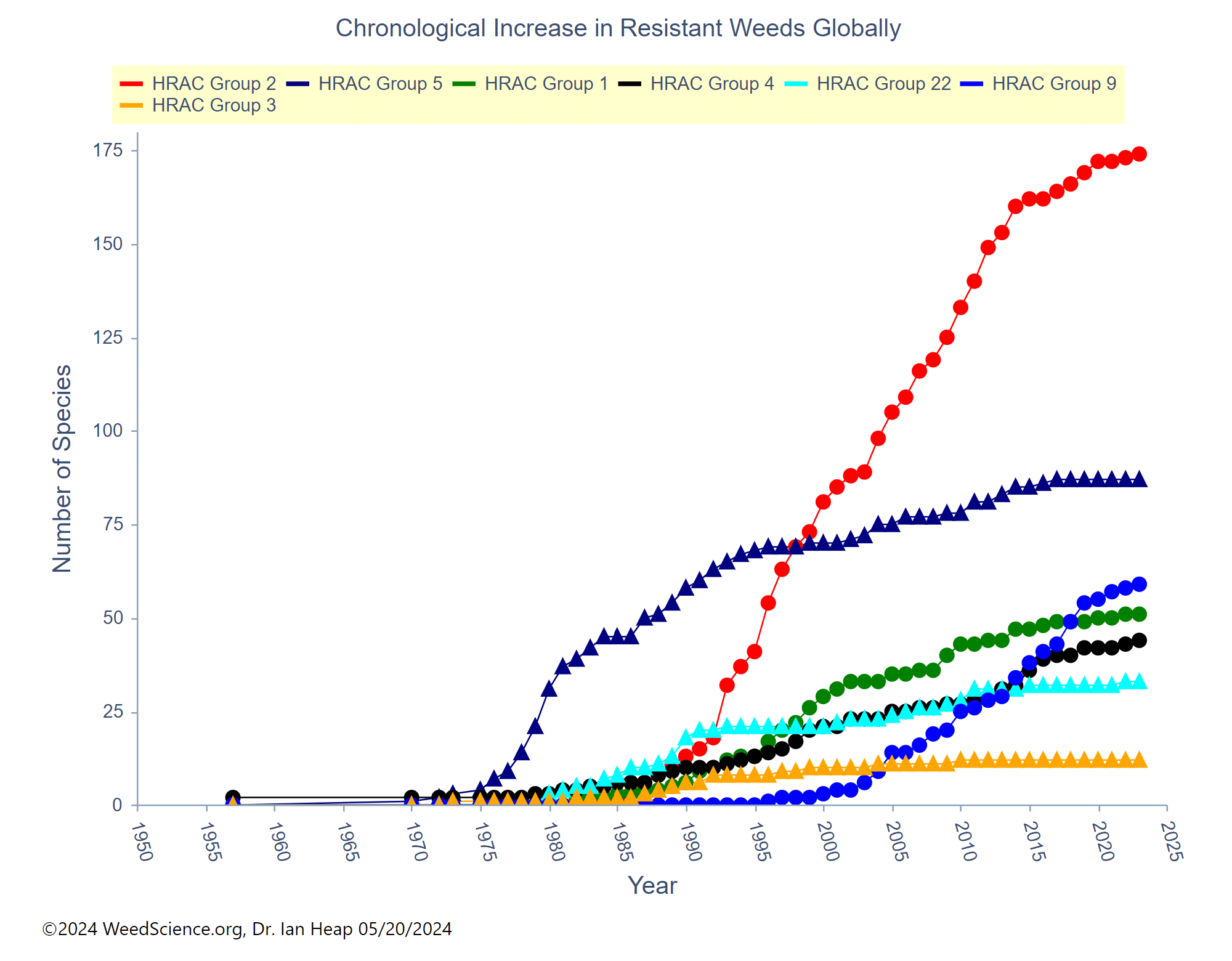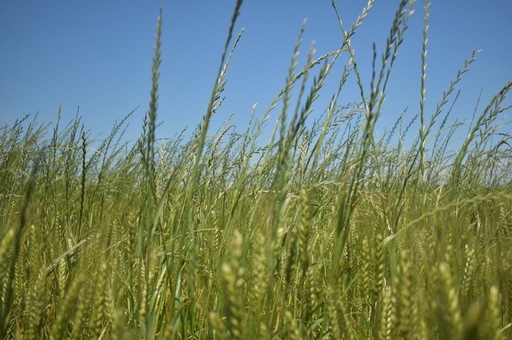Starting weed-free (also known as “starting clean”) means planting into fields without emerged weeds, which provides the crop with the best chance to establish early and compete with weeds.
So why exactly is starting weed-free so important?
- Weeds can increase their competitiveness if they are present at planting.
- Earlier emerging weeds are likely to capture more light, water, and nutrients than later emerging plants.
- Winter annual weeds present at planting time can have a significant impact on crop growth.
- There are more control options available before planting.
- Before planting, full field tillage (i.e. disking) is possible.
- More herbicide options are available.
- Many soil-applied herbicides applied at planting will not control emerged weeds.
- Postemergence control options can be more difficult.
- Aggressive cultivation to control large weeds can harm or bury small crop plants.
- By the time a crop reaches the growth stage when it can tolerate the postemergence herbicide treatment, the weeds may be too large for effective control.
- Weeds may require a postemergence application earlier than normal, which could then require an additional postemergence application or the addition of a residual herbicide.
Here are three illustrated scenarios demonstrating why starting weed-free is important.
Scenario 1: Corn
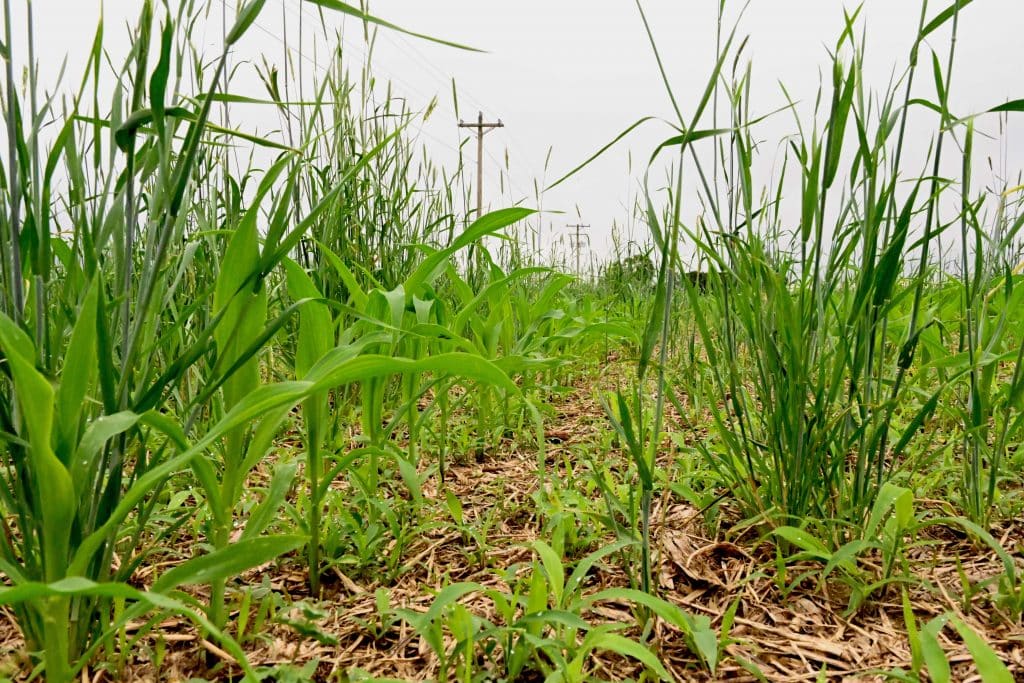
This corn is at the V3 to V4 growth stage and is heavily infested with cereal rye and annual grasses that were present at planting. Cereal rye is much taller than the corn and is intercepting sunlight and undoubtedly has a large root system that could deplete soil moisture if rainfall is not adequate.
Since this field was no-till, it won’t be cultivated. While there may be herbicide options to control these weeds, it will be a few weeks before the corn canopy can shade the ground and outcompete late emerging weeds, and as a result, the postemergence spray will need to include a residual herbicide.
Scenario 2: Soybean and Marestail
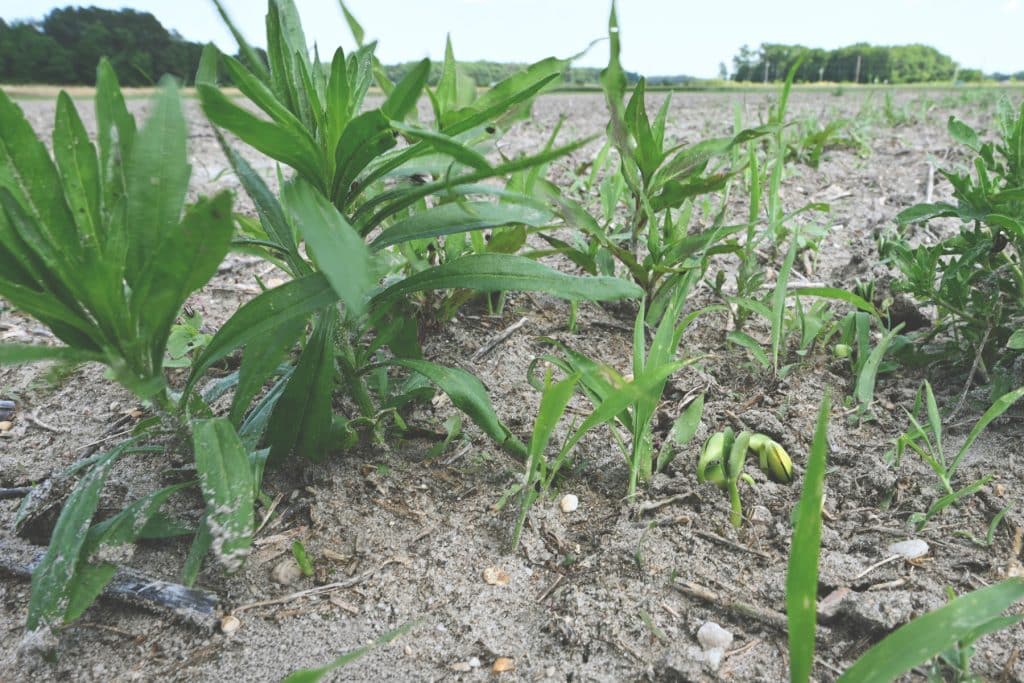
As seen in this picture, a common situation can occur when a field has been tilled but weeds were not completely removed.
Tillage was not aggressive enough to kill these marestail (horseweed) and grasses. It will be very difficult to effectively control these established marestail plants with tillage at this point. The marestail is likely resistant to both glyphosate (Group 9) and ALS (Group 2) herbicides, and will require herbicides used in combination with a traited soybean variety (Xtend, Enlist, or Liberty Link), plus a herbicide for grass control.
Herbicides should be applied as soon as possible, but the grower may need to wait for soybeans to reach a certain stage depending on the herbicide tank mixture. It will be weeks before the soybeans form a canopy so this field will likely need a second postemergence spray for later emerging weeds.
Scenario 3: Soybeans and Summer Annual Weeds
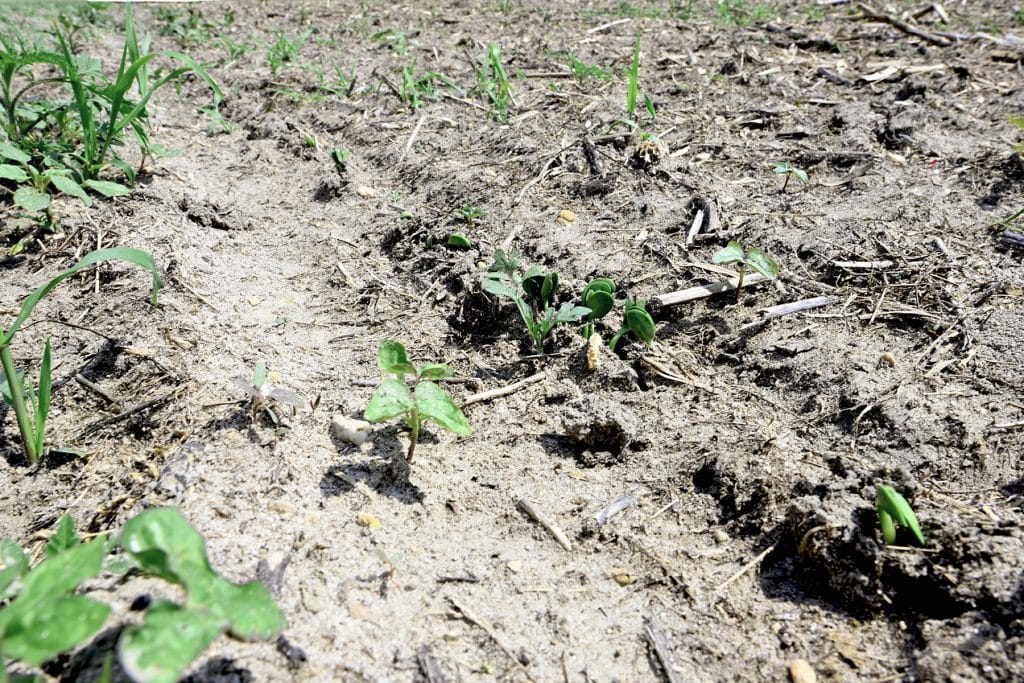
In this scenario, there was a delay between tillage and planting. Soybeans are cracking through the soil, yet Palmer amaranth, morningglories and fall panicum are already established in the field.
All of the species in this photo are difficult to control once they are more than 3 to 4 inches tall, regardless of the soybean traits. Timeliness of a postemergence spray is important to correct this situation.
Look at that same field just a few days later! Weeds are taking full advantage of their size and consuming all the needed resources for soybeans to grow.
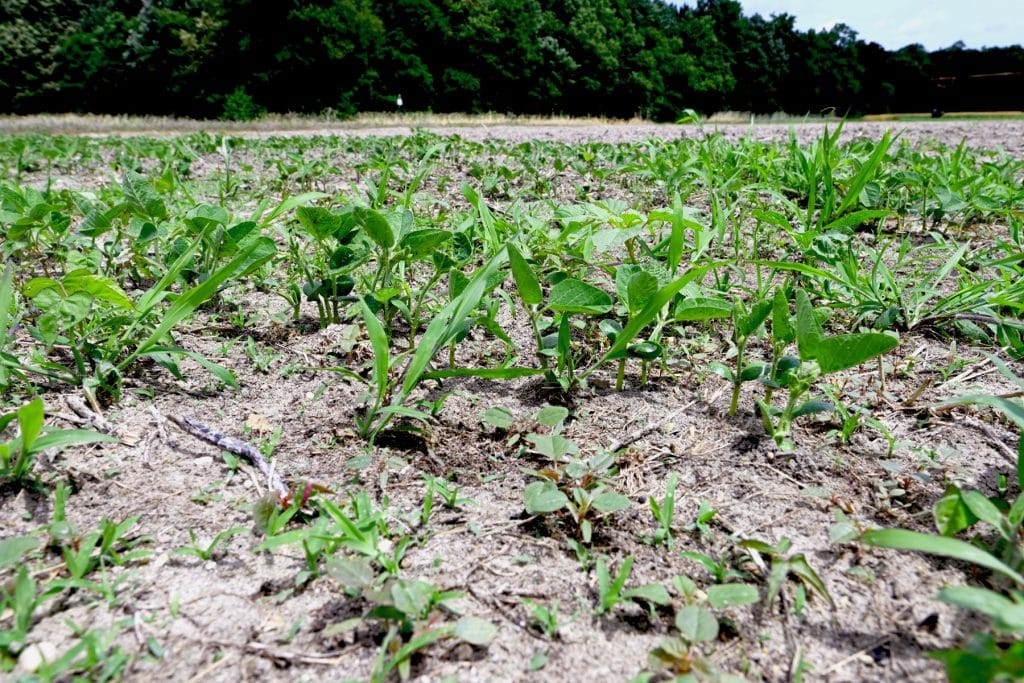
For more information on how to start the season weed-free, visit these GROW pages:
Start clean, plant into a weed-free seedbed:
https://growiwm.org/a-b-cs-of-integrated-weed-management/#seedbed
Plant into weed-free fields and diversify weed management strategies:
https://growiwm.org/a-b-cs-of-integrated-weed-management/#weed-free
Methods for Starting Clean:
https://growiwm.org/a-b-cs-of-integrated-weed-management/#methods-clean
Article by Claudio Rubione, GROW, and Mark VanGessel, University of Delaware.













